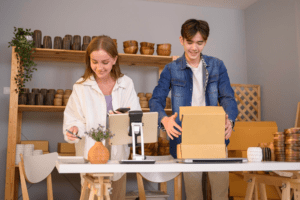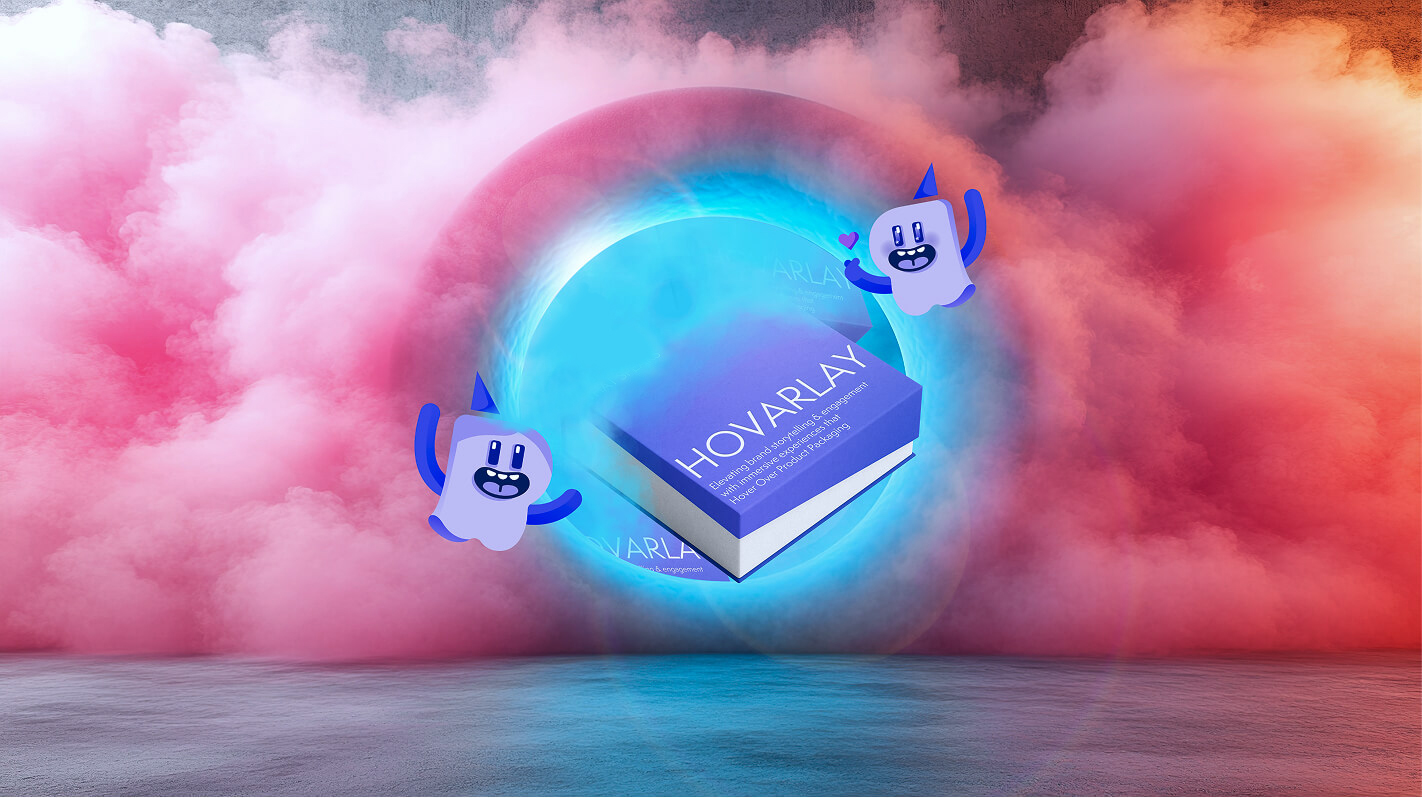On this page
The Art and Science of Product Packaging Design: Capturing Attention and Driving Sales

Start sharing your brand story with HOVARLAY
Product packaging design is more than just a protective covering—it is a powerful marketing tool that communicates a brand’s story, values, and product quality. In today’s competitive market, well-designed packaging can mean the difference between a product that flies off the shelves and one that is overlooked. This article explores the essential elements, trends, and strategies in product packaging design to help brands create impactful packaging that resonates with consumers.
Why Product Packaging Design Matters
Product packaging is the first physical interaction a consumer has with a product, and it often forms the foundation of their purchasing decision. Research by Ipsos reveals that 72% of consumers agree that packaging design influences their buying behavior. Beyond aesthetics, packaging serves several crucial purposes:
- Grabbing Attention: Eye-catching designs help products stand out on crowded retail shelves.
- Communicating Information: Packaging conveys essential details about the product, such as its features, benefits, and usage.
- Building Brand Recognition: A consistent packaging design reinforces brand identity and loyalty.
Essential Elements of Effective Packaging Design
- Visual Appeal: Packaging should attract attention with striking visuals, bold colors, and innovative shapes. A Statista study shows that visually distinctive packaging can increase purchase intent by 45%.
- Functionality: Beyond aesthetics, packaging must be practical. It should protect the product, be easy to open, and suit its intended use.
- Brand Consistency: The design should align with the brand’s identity. Typography, logo placement, and color schemes should reflect the brand’s tone and message.
- Sustainability: With growing consumer awareness of environmental issues, eco-friendly packaging is no longer optional. A Deloitte survey found that 64% of consumers are more likely to purchase products with sustainable packaging.
- Storytelling: Packaging can tell a story that resonates with consumers. Whether it’s sharing the brand’s heritage or explaining the product’s origin, storytelling adds emotional value.
Trends in Product Packaging Design
- Minimalism: Simple, clean designs with less clutter are becoming increasingly popular. Minimalist packaging communicates sophistication and focuses on the essentials.
- Sustainable Materials: Many brands are transitioning to biodegradable, recyclable, or reusable packaging. This not only appeals to eco-conscious consumers but also aligns with corporate sustainability goals.
- Interactive Packaging: Innovations such as QR codes and augmented reality (AR) bring packaging to life, allowing consumers to access additional information or experiences.
- Bold Typography: Large, striking fonts are a trend that ensures key messages stand out and are easy to read.
- Personalized Packaging: Custom packaging tailored to individual customers or specific events helps brands create a unique connection with their audience.
The Role of Packaging in E-Commerce
In the era of online shopping, packaging plays a crucial role in shaping the unboxing experience. Unlike retail packaging, e-commerce packaging must be durable enough to withstand shipping while providing an exciting reveal. Brands like Apple and Glossier have mastered the art of creating memorable unboxing experiences, which are often shared on social media, amplifying their reach.
Pro Tip: Add personalized touches, such as thank-you notes or exclusive offers, to delight customers and encourage repeat purchases.
Designing Packaging for Different Industries
- Food and Beverage: Packaging for food products should balance functionality with aesthetic appeal. Clear labels and eco-friendly materials are essential for health-conscious consumers.
- Beauty and Cosmetics: In this competitive sector, luxurious designs with premium materials like foil accents or embossed logos can elevate brand perception.
- Electronics: Packaging for electronics must be protective while reflecting innovation. Sleek, futuristic designs are often favored.
- Fashion and Apparel: In fashion, packaging serves as an extension of the brand. High-end materials and minimalist designs are common.
Tips for Creating Successful Packaging Designs
- Know Your Target Audience: Understanding your audience’s preferences and needs is key to creating designs that resonate.
- Highlight Unique Selling Points: Use packaging to emphasize what makes your product special, whether it’s organic ingredients, innovative features, or ethical production.
- Invest in Quality Materials: Durable and high-quality materials ensure that the product arrives in perfect condition and enhances the brand’s reputation.
- Test Your Design: Conduct consumer surveys or focus groups to gather feedback on your packaging before finalizing it.
- Stay Ahead of Trends: Keep an eye on emerging packaging trends to ensure your designs remain relevant and competitive.
The Future of Product Packaging Design
As technology and consumer preferences evolve, the future of packaging design will be driven by personalization, sustainability, and innovation. Advances like smart packaging, which integrates sensors or AR features, will further transform how brands communicate with their customers.
Final Thoughts
Product packaging design is a critical element of a brand’s marketing strategy. By combining creativity, functionality, and innovation, brands can create packaging that not only protects the product but also captivates consumers and drives loyalty. Whether you’re designing for retail or e-commerce, investing in thoughtful packaging design can make all the difference in today’s competitive marketplace.
For expert insights and inspiration, explore resources like Deloitte Insights, Statista, and HOVARLAY Insights. Start designing packaging that turns heads and wins hearts today!








